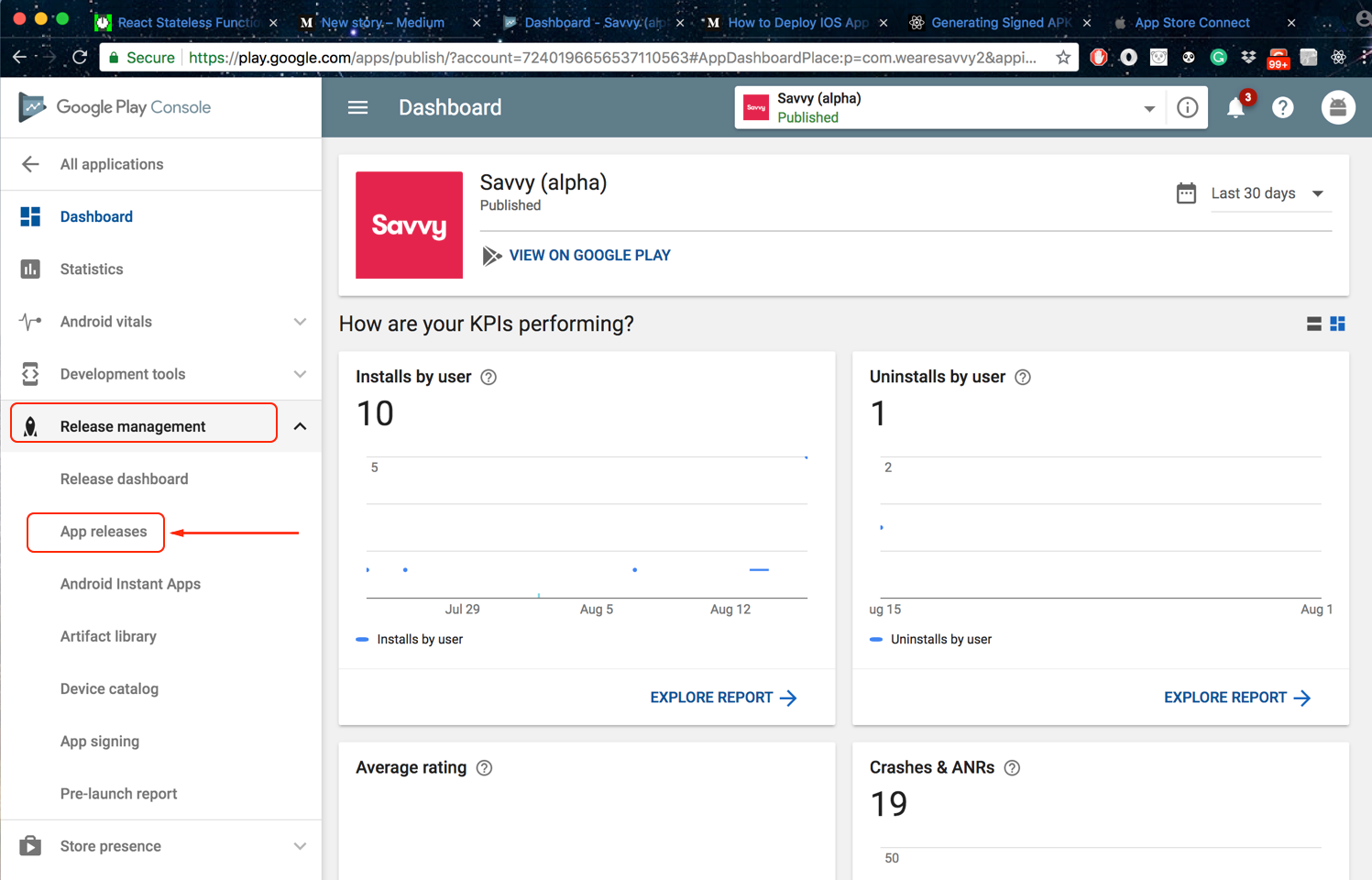

This is the value used for the project setting, the password you provided when you created the keystore file.Īttempting to publish a. The build configuration, which is Release. The target framework, which is net6.0-android. Run the dotnet publish command, providing the following parameters: Parameter To publish your app, open a terminal and navigate to the folder for your. PublishĪt this time, publishing is only supported through the. More importantly, the setting isn't set, preventing the app from being signed.

If either of those conditions fail, the settings aren't processed.

The example above adds a condition check, preventing those settings from being processed unless the condition check passes. An example of providing the password is in the Publish section. You can provide these values on the command line when you publish the app.
ANDROID STUDIO BUILD APK LOCATION ANDROID
There are project-level settings you must set to sign your Android app with the keystore file. The tool generates a myapp.keystore file, which should be located in the same folder as your project. You'll be prompted to provide and confirm a password, followed by other settings. Run the keytool tool with the following parameters: keytool -genkey -v -keystore myapp.keystore -alias key -keyalg RSA -keysize 2048 -validity 10000 If Visual Studio is open, use the View > Terminal menu to open a terminal at the location of the solution or project. Open a terminal and navigate to the folder of your project. Perform the following steps to create a keystore file: The Java SDK should be in your system path so that you can run the keytool tool. After generating a keystore file, you'll add it to your project and configure your project file to reference it. The Java/Android SDKs includes the tools you need to generate a keystore. You use a keystore file to sign your package. Here's an example of an automatically generated manifest file with the package and version information specified: įor more information about the manifest, see Google Android App Manifest Overview. The android:versionCode attribute of the node. The following table describes how each project setting maps to the manifest file: Project setting For more information, see Project configuration in. Right-click on the project in the Solution Explorer pane and choose Properties.

Some settings are available in the Project Properties editor in Visual Studio to change values. Just validate that they exist and are set to valid values: These items should have been generated for you when the project was created. Your project file must declare and within a node. NET MAUI app is built, the final AndroidManifest.xml file is automatically generated using the project file and the original AndroidManifest.xml file. However, these specific settings are provided by the project file itself. These identifiers are generally set in the Android app manifest file, which is located in your project folder at. Validate package settingsĮvery Android app specifies a unique package identifier and a version. With just a few configuration changes to your project, your app can be packaged for distribution. The apk is used for installing your app to an Android device, and the aab is used to publish your app to an Android store. NET Multi-platform App UI (.NET MAUI) app for Android, you generate an apk (Android Package) or an aab (Android App Bundle) file.


 0 kommentar(er)
0 kommentar(er)
